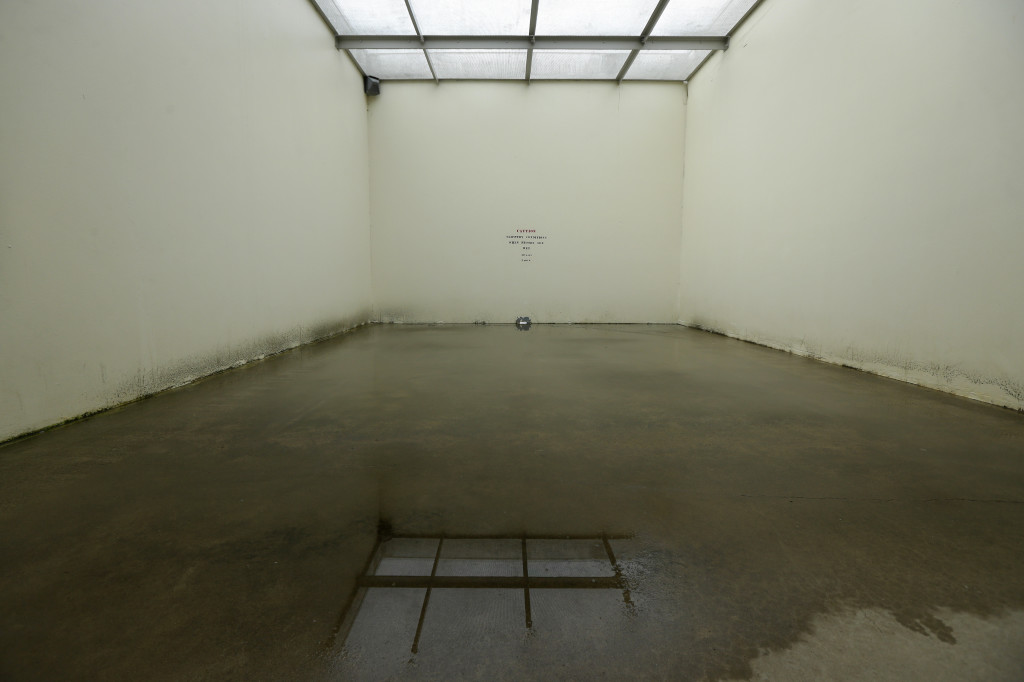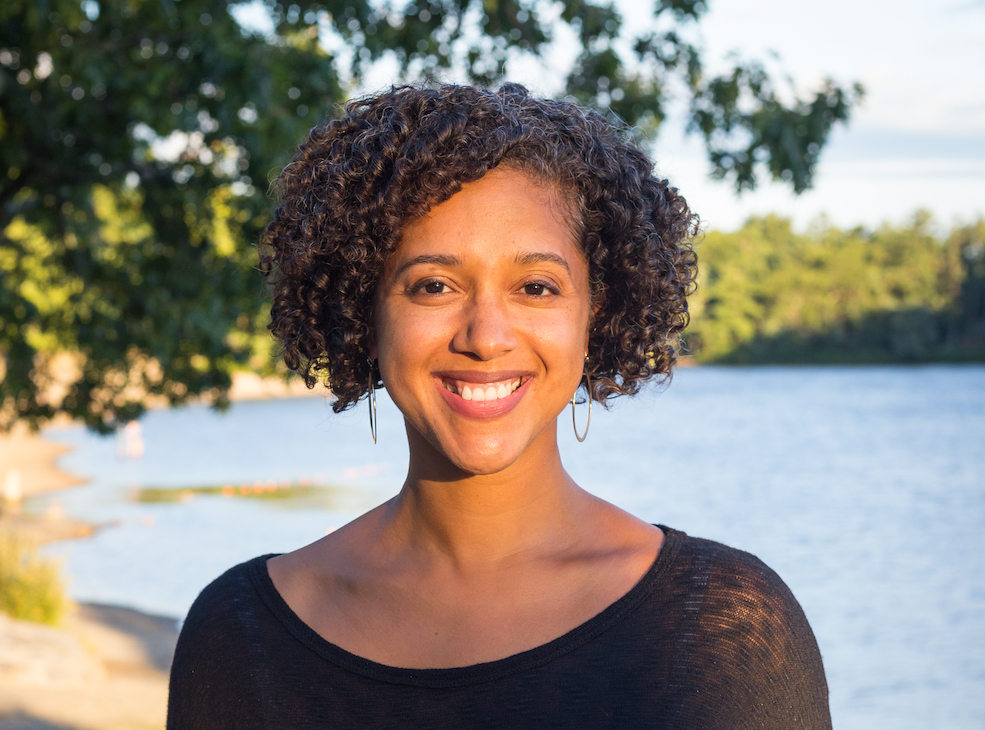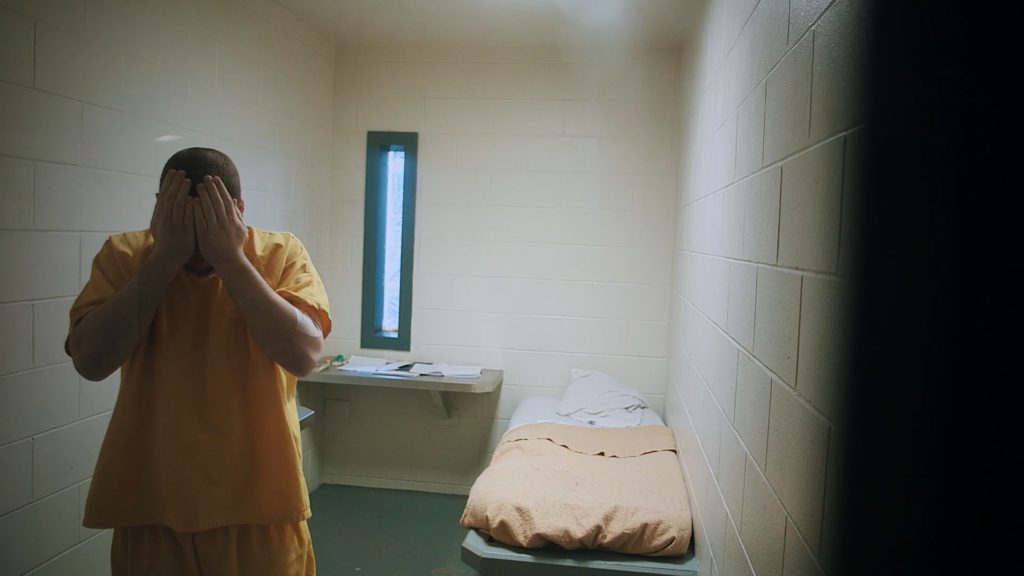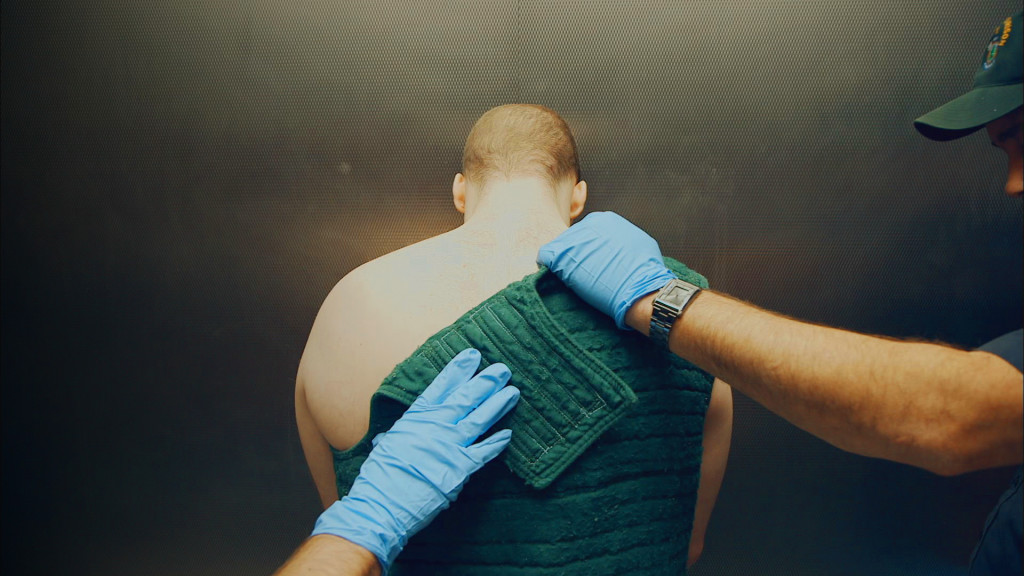What Obama’s Solitary Reforms Mean for Inmates

January 26, 2016
Share
New policies announced by the Obama administration on Monday will begin to restrict the use of solitary confinement in federal prisons.
But one of the president’s most significant steps — banning the use of isolation for those under age 18 — won’t extend to the bulk of young people currently subjected to solitary confinement. That’s because most of them are held in state prisons or local jails, outside of federal jurisdiction.
“It’s important symbolically,” said Barry Feld, a professor at the University of Minnesota Law School. “But because the vast majority of kids are dealt with in the state system, it’s not going to have a significant impact on the numbers.”
Only 71 juveniles are currently in federal custody, according to the Department of Justice. Most of these young people committed crimes on Native American reservations and are now incarcerated in contract facilities in the western United States. Only 13 juveniles were in restrictive custody last year, according to data from the Federal Bureau of Prisons.
There were just over 1,000 juveniles in state adult facilities in 2014, according to the most recent data. There are another 54,000 in juvenile facilities.
States aren’t required to keep data on how many juveniles are in solitary confinement. Isolation is used for juveniles in adult detention not only as a punitive measure, Feld said, but often for their own protection. In rural areas without alternative housing, young people may be put in isolation to keep them from mixing with the general adult population.
Most experts agree that isolation is especially detrimental to young people. Research has shown that brains are generally still developing until a person’s mid-20s, making them less capable of making smart decisions or controlling impulses.
“Adolescents are neurological sponges for their environment, and if those environments are toxic it can permanently alter their brain development in all the ways we need them to develop,” said Judith Edersheim, co-founder and co-director of the Center for Law, Brain and Behavior at Massachusetts General Hospital. “Solitary confinement is arguably the worst neurotoxin in that sense,” she added.
In a Washington Post op-ed announcing the changes, President Barack Obama echoed this argument.
“How can we subject prisoners to unnecessary solitary confinement, knowing its effects, and then expect them to return to our communities as whole people?” Obama wrote. “It doesn’t make us safer. It’s an affront to our common humanity.”
Unwinding the broader U.S. policy on isolation, which Obama said would affect 10,000 federal prisoners held in solitary confinement overall, will be more complicated.
Some of the changes outlined in the Justice Department’s review of solitary are straightforward: eliminating isolation for low-level offenses, for example, and reducing the maximum sentence for major offenses from one year to only 90 days.
Others will take more time and resources. The DOJ recommended building special housing units for inmates who need to be separated from the general population for non-punitive reasons, such as those with mental health problems or inmates who require protective custody.
The DOJ said it would request $24 million in the next budget for mental health units alone. But it acknowledged that congressional deadlock would make it difficult to secure the funds it needs. “The current budget environment complicates efforts to undertake widespread changes, especially at the [Bureau of Prisons],” it said, adding that the bureau is “stretched thin” in terms of staffing to handle inmates who need additional help.
The DOJ also said it would need union approval for some changes. Eric Young, national president of the union representing BOP employees, said he was open to working with the bureau, but that the new policies would be a “culture change” for corrections officials. Young said he was particularly concerned about eliminating isolation as a punishment for some low-level offenses, adding that officials would need to create new deterrents to keep inmates in line, such as losing visitation privileges or property.
Young added that he understood the policy change on juveniles, but said it leaves important questions unanswered. “We don’t treat people inhumanely,” he said. “I can understand the rationale behind prohibiting restrictive housing for juveniles. But like I said, what is the alternative? That remains to be seen.”
Meanwhile, advocates hope the federal changes will help push forward the trend already starting in states like Colorado, which reduced its use of solitary confinement after a review of the practice mandated by the state legislature; and Maine, which requires top-level permission to keep inmates in solitary for more than 72 hours.
“I think we’ll see some jurisdictions that read the writing on the wall and change their policies and practices, and others that will have to be pushed through litigation,” said Amy Fettig, who leads the Stop Solitary campaign for the American Civil Liberties Union. “But the fact that we now have national standards that say it’s wrong will go a long way toward influencing constitutional law.”

Related Documentaries
Latest Documentaries
Related Stories
Related Stories
Policies
Teacher Center
Funding for FRONTLINE is provided through the support of PBS viewers and by the Corporation for Public Broadcasting. Additional funding is provided by the Abrams Foundation; Park Foundation; the John D. and Catherine T. MacArthur Foundation; and the FRONTLINE Journalism Fund with major support from Jon and Jo Ann Hagler on behalf of the Jon L. Hagler Foundation, and additional support from Koo and Patricia Yuen. FRONTLINE is a registered trademark of WGBH Educational Foundation. Web Site Copyright ©1995-2025 WGBH Educational Foundation. PBS is a 501(c)(3) not-for-profit organization.




















